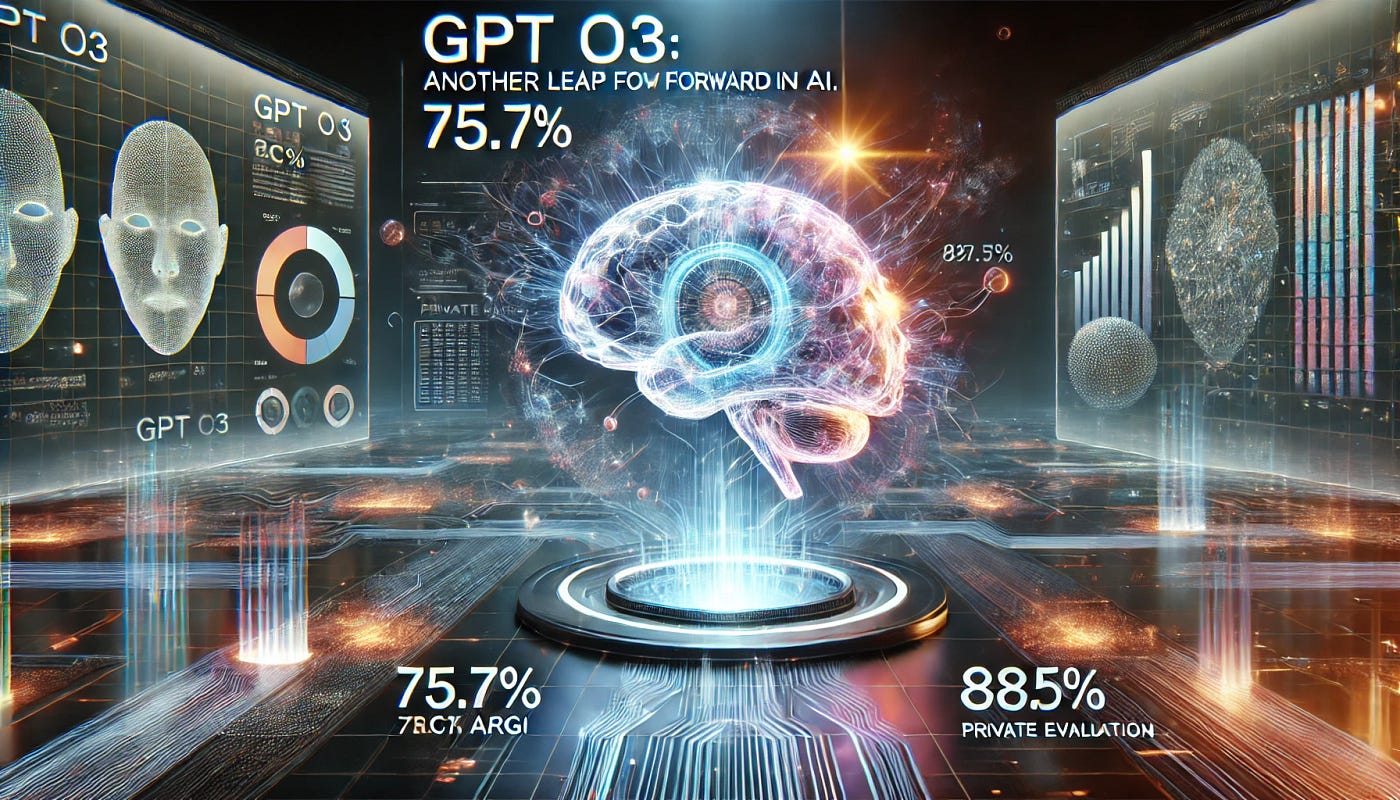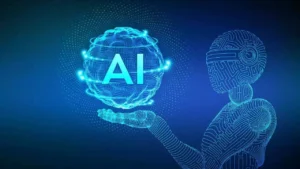In an exciting development for the world of artificial intelligence, OpenAI has unveiled its new O3 models, promising to redefine the boundaries of what AI can achieve. The latest models, which come as part of OpenAI’s ongoing efforts to push the limits of natural language processing (NLP) and machine learning, are expected to offer significant improvements in understanding, reasoning, and interacting with users. With enhanced capabilities, these models are poised to play a pivotal role in AI applications across various industries, from customer service to research and automation.
The O3 models are a natural evolution in OpenAI’s research, building on the success of previous versions like GPT-3 and GPT-4. These new models promise not only greater accuracy and efficiency but also enhanced understanding of complex tasks, making them suitable for a broader range of use cases.

What Are the O3 Models?
The O3 models represent OpenAI’s latest generation of language models, designed to achieve higher levels of performance across a wide variety of tasks. These models are built on cutting-edge deep learning techniques, using a significantly larger and more refined dataset than their predecessors. This increase in data and complexity results in models that are better equipped to handle more nuanced interactions, understand context more effectively, and generate responses that are closer to human-like intelligence.
Key Features and Improvements
- Enhanced Understanding of Complex Queries One of the most anticipated improvements in the O3 models is their ability to process and respond to more complex queries. Previous models sometimes struggled with intricate or multi-part questions, often providing incomplete or disconnected answers. With the O3 models, OpenAI has fine-tuned the models to deliver more coherent, accurate, and contextually aware responses, even for highly complex requests.
- Improved Contextual Awareness Contextual understanding is a critical element of AI interactions, and the O3 models excel in this regard. By better tracking conversations, understanding intent, and providing more relevant information, these models can maintain more fluid and engaging interactions. Whether in a casual chat or a technical troubleshooting session, O3 can maintain a consistent line of reasoning, making it more versatile in real-world applications.
- Faster and More Efficient Performance The O3 models have been optimized for better speed and efficiency, reducing response times and increasing the processing power required for demanding tasks. These improvements allow businesses and developers to integrate OpenAI’s models into more real-time applications, such as interactive customer support or instant decision-making systems.
- Advanced Multi-Modal Capabilities One of the standout features of the O3 models is their multi-modal capabilities, meaning they can process and understand not only text but also images, videos, and potentially other types of data in the future. This gives the models an edge when it comes to handling tasks that require analyzing different forms of content simultaneously, such as interpreting a picture with a caption or generating captions for videos.
- Better Language and Cultural Sensitivity With a broader and more diverse dataset, the O3 models are better equipped to understand and generate responses in a variety of languages and cultural contexts. This is crucial for businesses looking to deploy AI systems in global markets, as the models can now offer more culturally relevant content and minimize the risk of bias or misunderstandings.
Potential Applications of the O3 Models
The versatility of the O3 models opens up a wide range of possibilities across various industries:
- Customer Support: The enhanced contextual understanding and real-time response times make the O3 models ideal for automated customer service systems. These models can handle more complex support queries and provide accurate, personalized responses that improve the overall customer experience.
- Content Creation: The improved language capabilities of the O3 models can assist content creators by generating articles, marketing copy, social media posts, and more. The models can also adapt to specific tones and styles, ensuring that the content aligns with brand guidelines.
- Healthcare: In the healthcare industry, O3 models can assist in interpreting medical data, providing recommendations, and helping professionals make more informed decisions by processing complex medical literature and patient data more effectively.
- Education and Research: With better comprehension and quicker responses, these models can assist students and researchers in obtaining precise information, summarizing complex topics, and even tutoring individuals in various subjects.
- Gaming and Interactive Experiences: The multi-modal and real-time nature of the O3 models opens up new possibilities in the gaming industry, offering more lifelike NPCs (non-playable characters) that can engage players in meaningful and dynamic conversations.
Ethical Considerations and Concerns
With the release of more powerful models like O3, ethical considerations continue to be at the forefront of OpenAI’s development. The potential for AI to influence decision-making, spread misinformation, or perpetuate bias remains a critical issue. OpenAI has emphasized its commitment to responsible AI development, incorporating safety mechanisms and bias mitigation strategies in the O3 models. However, as the capabilities of these models expand, it will be crucial for the AI community to remain vigilant about their ethical implications.
Moreover, the ability of O3 models to generate human-like text raises concerns about their use in creating misleading content or deepfake information. OpenAI has stated that it will continue to improve its safeguards to ensure the technology is used ethically and responsibly.
The Future of AI with O3 Models
The release of the O3 models signals a significant step forward in the evolution of AI and machine learning. With their advanced capabilities, these models are poised to impact industries ranging from customer service and healthcare to education and entertainment. As OpenAI continues to improve its technology and enhance its models, the future of AI looks increasingly promising, offering powerful tools for both businesses and individuals.
While the O3 models represent a major leap in AI development, their success will depend on how they are integrated into real-world applications and how well they address the ongoing challenges of safety, fairness, and accountability. For now, however, these models showcase the tremendous potential of AI to transform how we live, work, and interact with technology.














